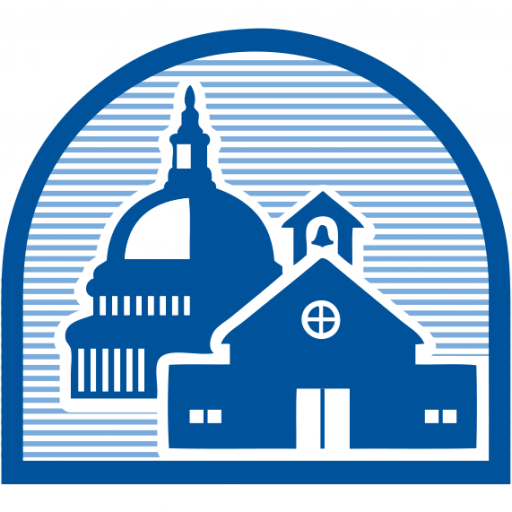Trivia Answers October, 2014 1. Lewis & Clark: https://www.archives.gov/education/lessons/lewis-clark/ (National Archives) In 1803 President Thomas Jefferson guided a splendid piece of foreign diplomacy through the U.S. Senate: the purchase of Louisiana territory from France. After the Louisiana Purchase Treaty was made, Jefferson initiated an exploration of the newly purchased land and the territory beyond the “great rock mountains” in the West. Jefferson chose his personal secretary, Meriwether Lewis, an intelligent and literate man who also possessed skills as a frontiersman. Lewis in turn solicited the help of William Clark, whose abilities as draftsman and frontiersman were even stronger. Lewis so respected Clark that he made him a co-commanding captain of the Expedition, even though Clark was never recognized as such by the government. Together they collected a diverse military Corps of Discovery that would be able to undertake a two-year journey to the great ocean. (From the National Archives) 2. A sudden thunderstorm, called a tornado by some: https://blogs.archives.gov/prologue/?p=1453 (Public Broadcasting System) While historians and meteorologists can’t quite commit to whether D.C. experienced a serendipitous hurricane, tornado, tropical storm, or severe thunderstorm, they all agree that the weather turned quite nasty on the redcoats. According to one British account of the day the White House burned: Of the prodigious force of the wind it is impossible for you to form any conception. Roofs of houses were torn off by it, and whisked into the air like sheets of paper; while the rain which accompanied it resembled the rushing of a mighty cataract rather than the dropping of a shower. The darkness was as great as if the sun had long set and the last remains of twilight had come on, occasionally relieved by flashes of vivid lightning streaming through it; which, together with the noise of the wind and the thunder, the crash of falling buildings, and the tearing of roofs as they were stript from the walls, produced the most appalling effect I ever have, and probably ever shall, witness. This lasted for nearly two hours without intermission, during which time many of the houses spared by us were blown down and thirty of our men, besides several of the inhabitants, buried beneath their ruins. Our column was as completely dispersed as if it had received a total defeat, some of the men flying for shelter behind walls and buildings and others falling flat upon the ground to prevent themselves from being carried away by the tempest… 3. A potato famine: https://www.pbs.org/destinationamerica/usim_wn_noflash.html (National Archives) Between 1845 and 1850, a devastating fungus destroyed Ireland’s potato crop. During these years, starvation and related diseases claimed as many as a million lives, while perhaps twice that number of Irish immigrated — 500,000 of them to the United States, where they accounted for more than half of all immigrants in the 1840s. Between 1820 and 1975, 4.7 million Irish settled in America. In 2002, more than 34 million Americans considered themselves to be of Irish ancestry, making Irish Americans the country’s second-largest ethnic group.

